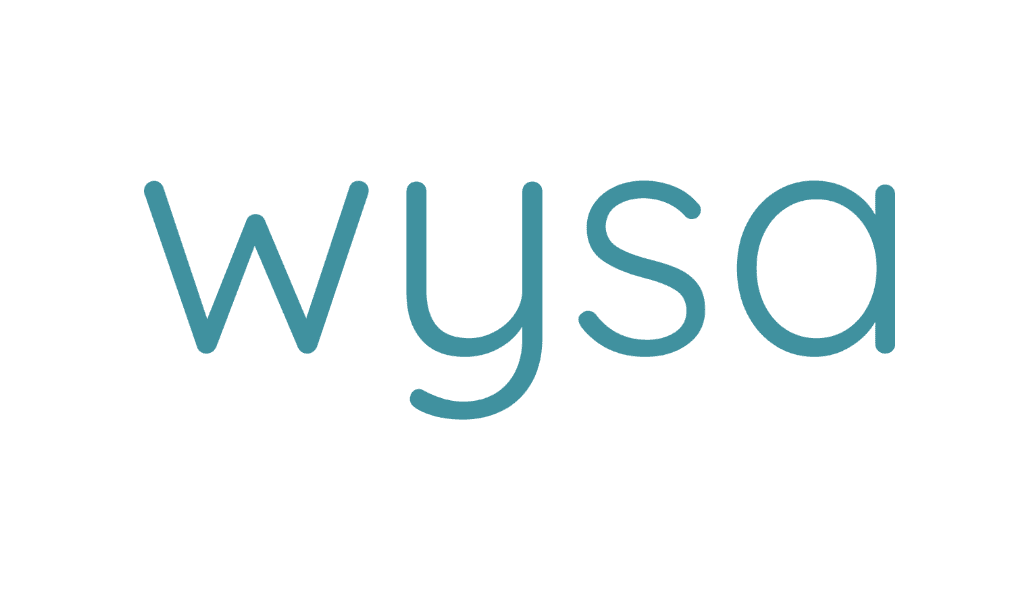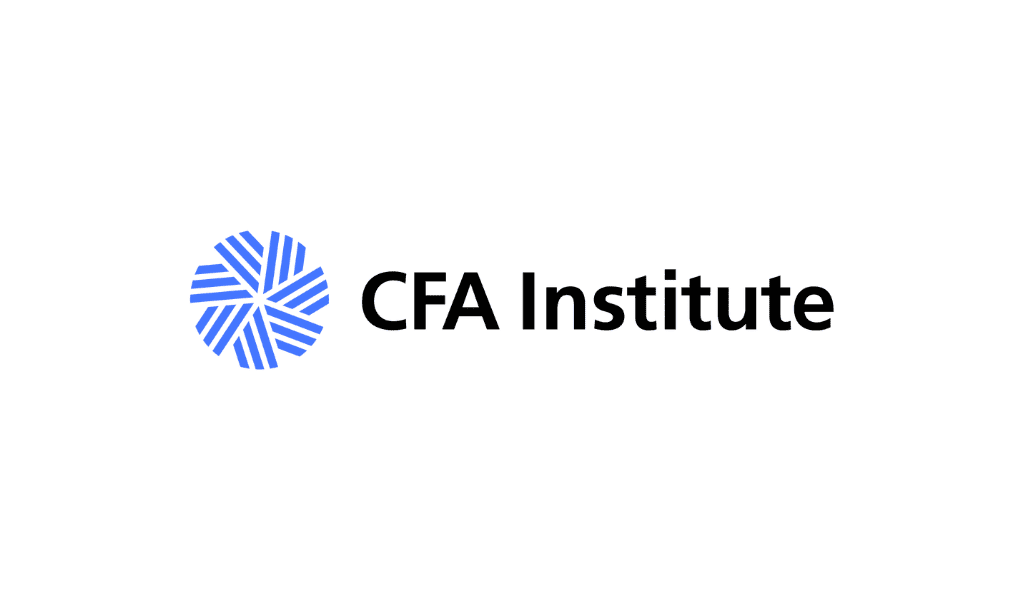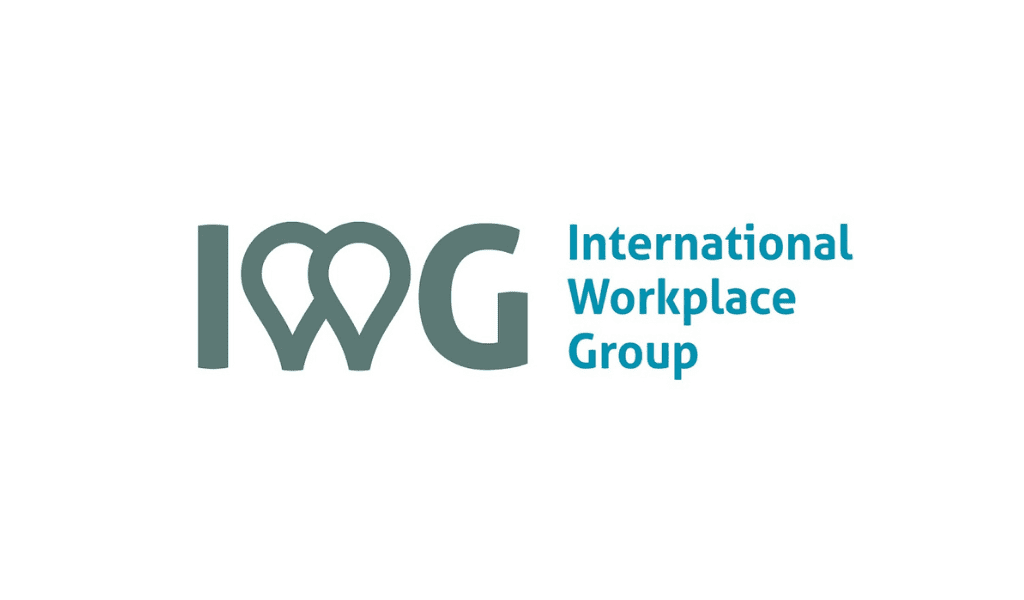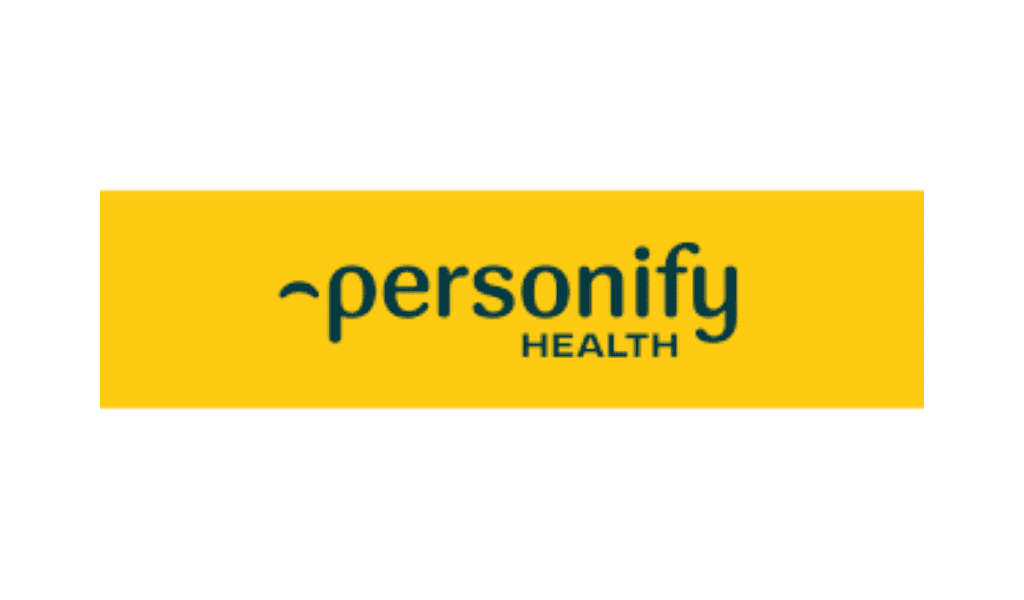By investing in employee resource groups, providing transparent communication, and supporting workplace wellness, HR leaders can support their workforce regardless of their location.
By Jenni Kovach
When it comes to a large hybrid workforce, HR leaders must ensure that every team member—regardless of where they work—has the opportunity to experience company culture, connect with colleagues, and benefit from perks in an equitable way.
As one of the nation’s largest energy suppliers, IGS Energy has a wide variety of roles and job types, and each is classified as remote, hybrid, in-field, or in-office. These classifications have allowed the company to go all-in on flexible work arrangements, encouraging employees to choose the work situation that best supports their needs. Today, nearly 70% of the IGS Energy team is fully or partially remote, choosing to work in the location where they prefer—whether that’s their home office, a co-working space, or the IGS Energy office nearest them. Annually, the organization evaluates each job and role to determine if the classification is still appropriate.
More than 40% of the team has been with IGS Energy for less than two years—which means the majority of employees started their careers with IGS Energy after the company’s transition to remote-friendly work.
This reality would have been almost incomprehensible to many HR professionals earlier in their careers. So much of building an engaging company culture is about being together, right? But despite such a significant shift in where IGS Energy employees do their work, the IGS Energy team feels more engaged today than ever before. What’s the key to this? These three strategies help increase employee satisfaction in a hybrid setting.
Rethinking Employee Groups
Before launching a new employee engagement initiative, start with feedback directly from employees. Knowing how workers feel is especially important in today’s hybrid work environment, when more traditional feedback channels may not be available to all.
By gathering candid employee feedback through regular surveys, IGS Energy developed its diversity, equity, belonging, and inclusion action plan and “IGS Communities“, the company’s version of employee resource groups (ERGs). “IGS Communities” are identified, created, and led by employees while having the support of leadership and the larger team. Some groups include “IGS Pride” (supporting LGBTQIA+ employees), “Living La Vida Latinx” (supporting Latinx employees), “Melanin Moments” (supporting Black and African American employees), and the “IGS Women’s Network” (supporting the women of IGS). New groups are developed when employees identify and voice a need through candid feedback.
Recognizing the Importance of Wellness
HR leaders know that remote work can lead to burnout, which is why investing in physical and mental wellness resources for employees, beyond the more traditional benefits, is important. This could look like granting employees access to meditation apps, offering monthly wellness allowances, and providing access to free monthly visits with a mental health specialist.
Additionally, employers can better understand how recognition and celebration can benefit and impact overall well-being. For example, each month IGS hosts a virtual celebration for the “Living the Values” recipients—employees nominated by their colleagues for their commitment to the IGS values.
Most importantly, companies should continually invest in their people. Meeting employees where they are and providing them with what they need allows them to thrive in all aspects of their lives. Employers should ensure that employees understand how valued they are.
Prioritizing Transparent Communication
Engaged teams are informed teams. While a remote workforce makes communication more challenging, it’s still possible to prioritize consistent, up-to-date information sharing with teams no matter where they are.
During IGS Energy’s annual all-team meeting, leaders focus their efforts on communicating strategic insights and business priorities. Progress updates are provided regularly via emails from the organization’s HR team and directly from company leadership. Leaders communicate regularly with their teams through monthly emails that include wellness and benefit updates, key event details, and employee recognitions. Quarterly financial updates are shared via email as well.
Employee feedback is just as important. IGS leverages engagement survey data and related focus groups to gather information on how employees are feeling. This feedback is critical for action planning and driving effective change. In the last few years, this process has served as the foundation for:
- pay equity analysis and the launch of a pay transparency initiative;
- the creation of implicit bias training for leaders and employees; and
- new mental health offerings.
Ultimately, people leaders hold a massive responsibility when it comes to recognizing and celebrating team accomplishments, as well as keeping the workforce informed and engaged. Companies should encourage managers to check-in regularly, provide support and feedback, and create and uphold their team culture.
Jenni Kovach is chief people officer at IGS Energy.














